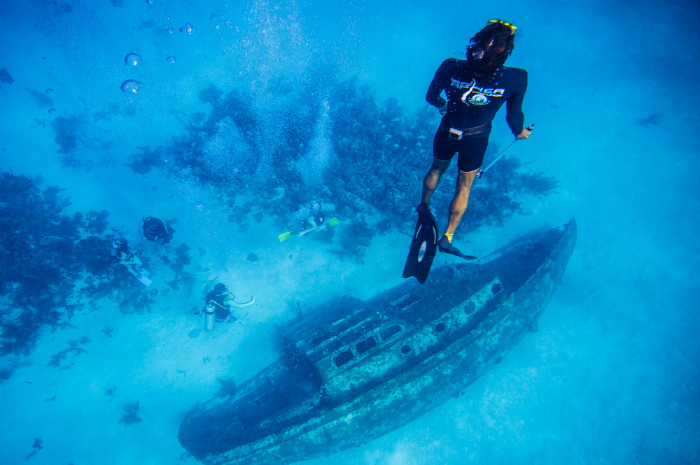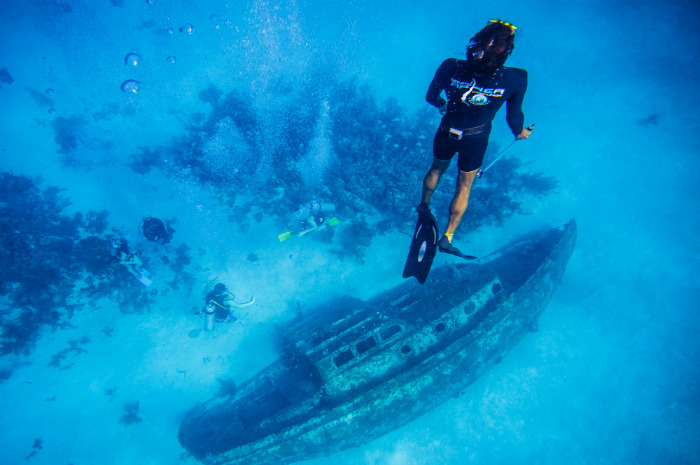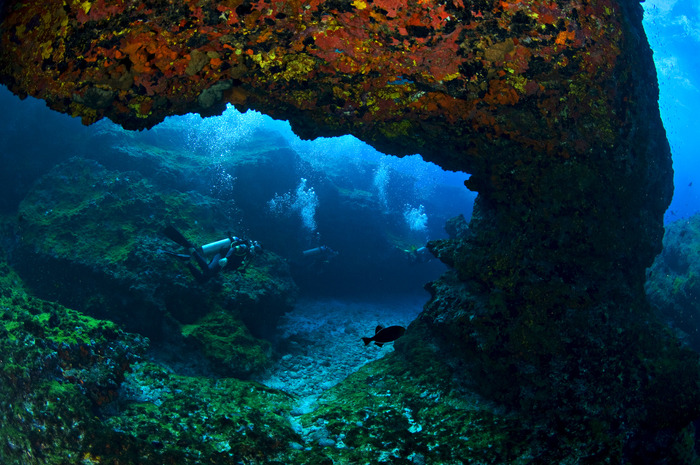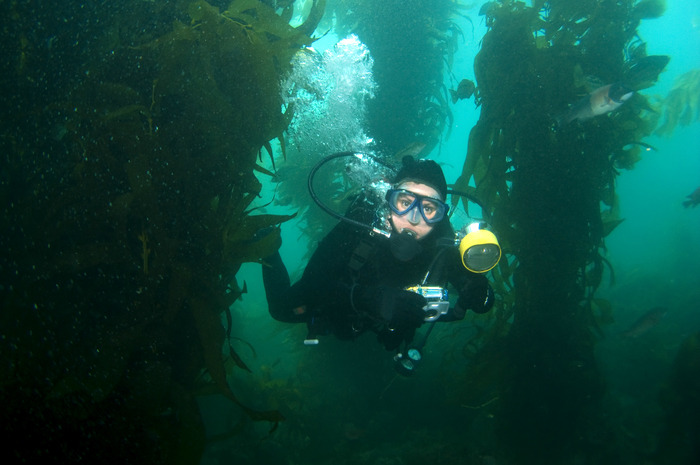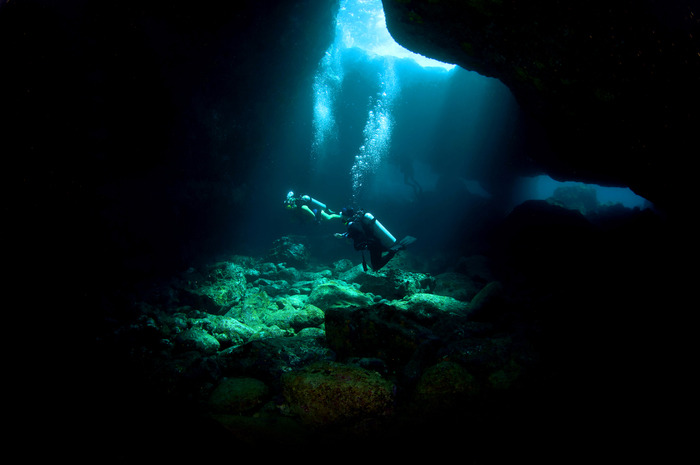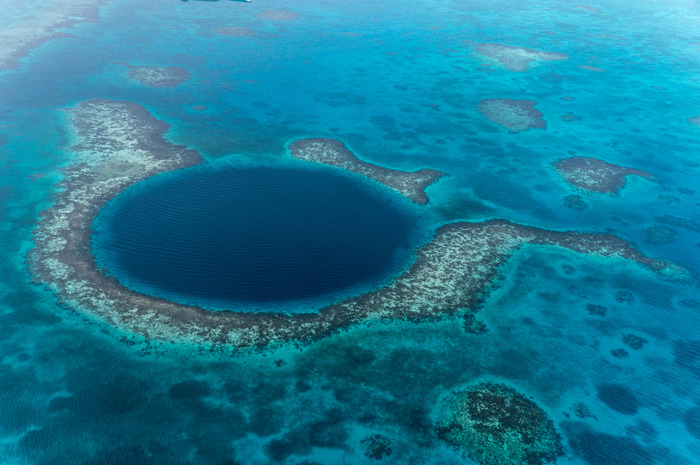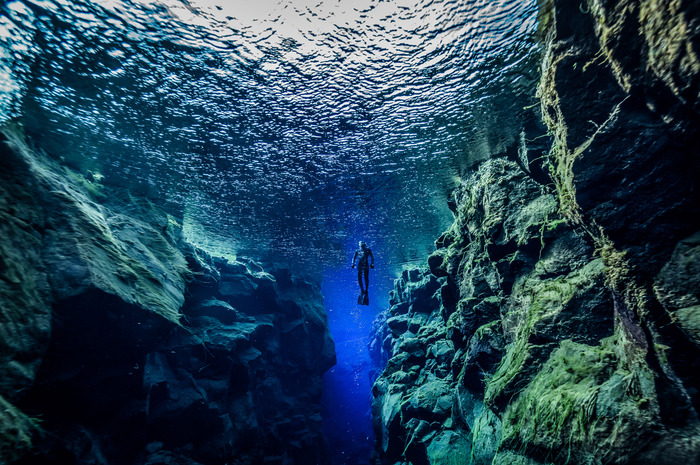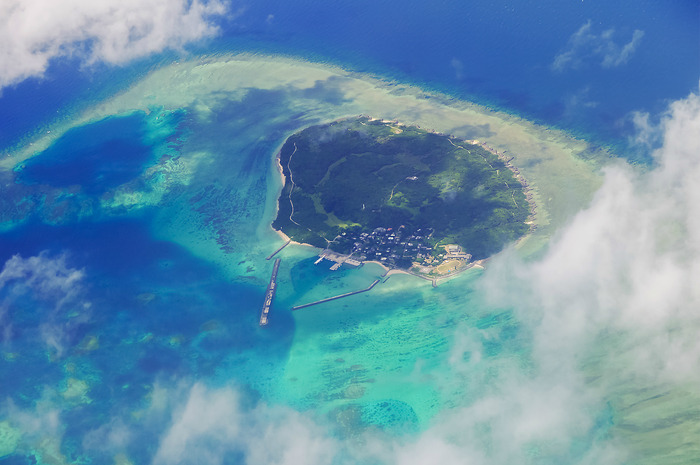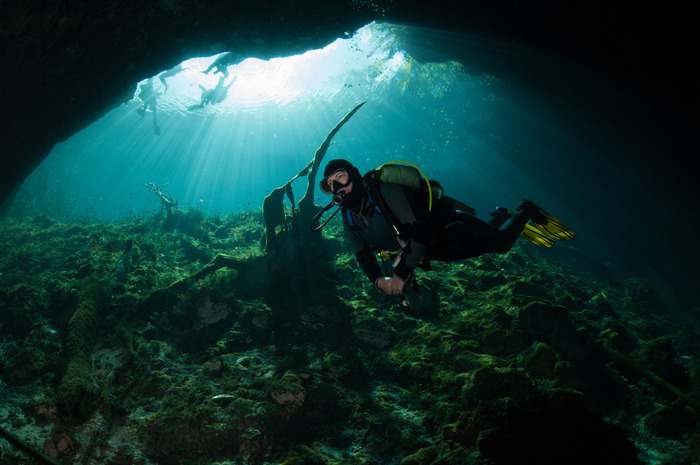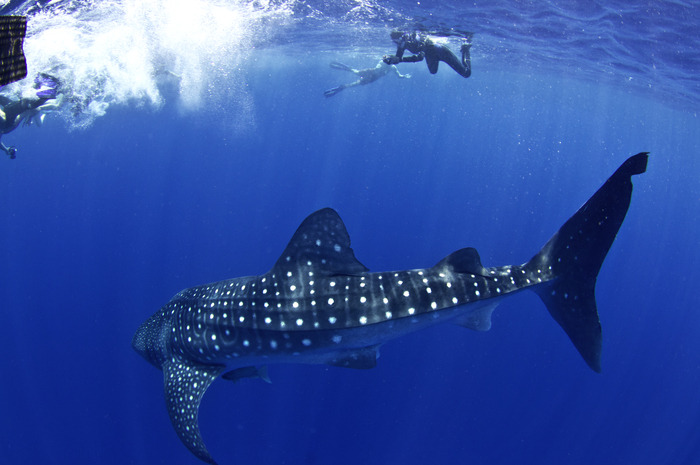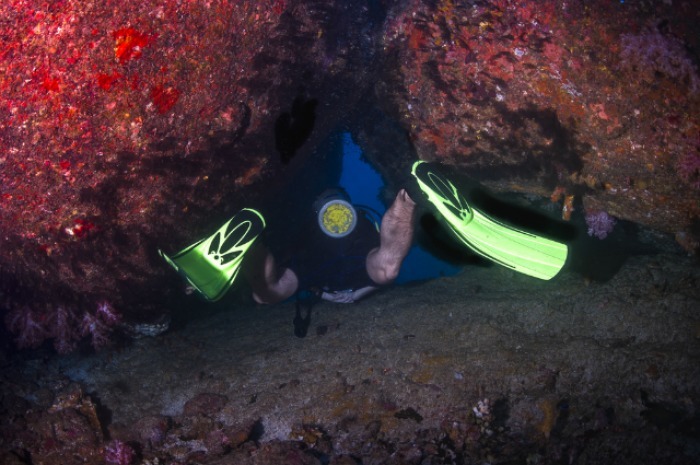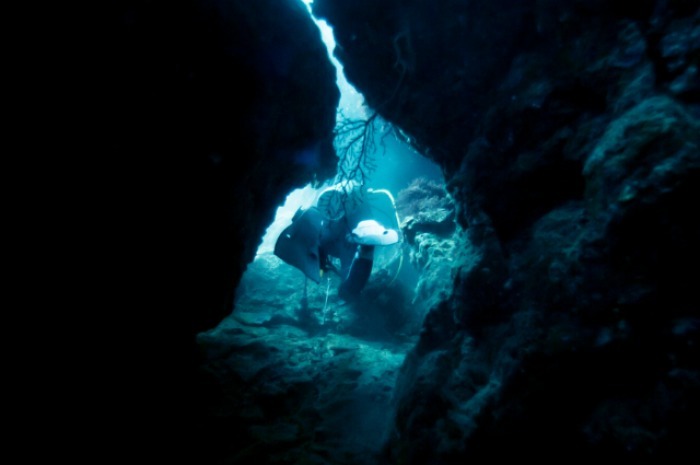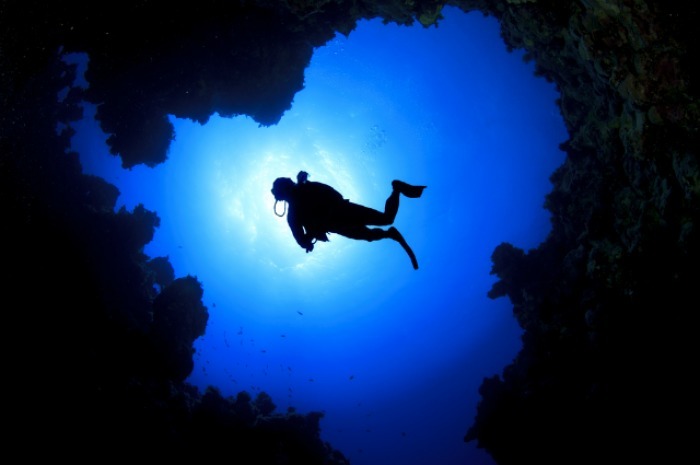The Best Scuba Diving Destinations In The World
The Best Scuba Diving Destinations in the World
Scuba diving is a fun and thrilling activity that most people would love to do one day. It may be the best way to experience marine life and touch centuries-old shipwreck remains.
It offers an escape because it's something people do in isolation - alone or in small groups - and away from everybody. The views are astonishing and rare. The experience is unforgettable.
Imagine a more exciting story than the one in which you casually mention that few people will visit the place you just came back from because of challenging conditions, narrow spaces, and extreme depths.
Other dives are family friendly, perfect for beginners and adventure photographers. With more than 6,300 PADI dive shops worldwide, choosing where to plunge and explore is a very difficult task.
The destinations on the following list have been selected based on all of the above and location.
Pedras Secas — Fernando De Noronha, Brazil
This is an off the beaten path diving heaven. Hanging at the top of a volcanic submarine mountain, the 18-island archipelago lies 224 miles from mainland Brazil. It's so isolated, few people go to the barely touched dive sites. Those who do go find a labyrinth of tunnels and canyons with a rocky bottom swarmed with marine life. Rock formations go all the way up to the surface. The best visibility is during September and October.
Casino Point – Catalina Island, California
Casino Point is a very popular location in California for divers. They love it because of the awesome sea life photo opportunities. Aside from the expansive kelp forest, you'll find horn sharks, sea urchins, spiny lobsters, kelp fish, sea cucumbers, seals, to name a few. Surprisingly or not, these sea creatures are very friendly and like to get close to the divers.
Darwin’s Arch — Galapagos, Ecuador
If you want to see big sea animals, you go to Darwin's Arch. This is the place to dive with huge whale sharks, turtles, dolphins, tiger sharks, moray eels and eagle rays. You can see all of them, and probably a lot more, in a single dive. Most divers choose liveaboards when visiting the islands as they cover the most ground and allow you to maximize your time, both on land and at sea, according to Sport Diver.
Kona, Hawaii
If you go to Kona to dive, you will be rewarded with gorgeous waters, manta rays, submerged lava tubes, and eels (Not to mention some of the best coffee in the world). The mantas slide in from the dimness — some with wingspans of 16 feet — a bizarre mix of fish and bird. Imagine seeing a dozen of them in one spot? It's an otherworldly experience.
Bonne Terre Mine, Missouri
Bonne Terre Mine is one of the world's largest man-made caverns, and home to the largest fresh water scuba diving venue in the world. The clear water is illuminated from above divers afford visibility more than 100 feet down. Bonne Terre Mine was named America's Best Underwater Attraction, chosen by readers of USA TODAY and 10Best.
Blue Hole—Lighthouse Reef, Belize
The Blue Hole in Belize is one of the most stunning, and dangerous, scuba diving locations, especially when seen from above. It's beautiful underwater as well – clear waters, rich sea life, lots of sunshine. The Blue Hole is more than 400 feet down into the earth. Some divers even try to go deeper. But it gets very tough after 120 feet. Things get tricky after that as strange-looking formations appear that look like icicles hanging from the roof and darkness settles in. Divers are not recommended going below 90 feet. When they do, nitrogen narcosis is a high risk.
Molinere Underwater Sculpture Park, Grenada
Jason DeCaires, creator of the world's first underwater sculpture park, started the park in Molinere Bay, one of Grenada's Marine Protected Areas, in 2006. With more than 50 life-size sculptures, the project shows environmental processes that turn art into an artificial reef. As marine life begins to grow on the surface of each piece, a variety of colors and patterns emerge, making a stunning visual. To get an idea of how amazing the experience is, take a look at this video of sinking and placement of the statues.
Silfra - Thingvellir National Park, Iceland
The Silfra fissure is famous for being one of the world's best dive sites because it's actually a crack between the North American and Eurasian continents. It is the only place where you can dive or snorkel right where the continental plates meet and drift apart about les s than an inch per year. It's also known for its incredible underwater visibility – over 330 feet. This creates an experience that can hardly be beat.
Nakwakto Rapids — British Columbia, Canada
If you want to combine scuba diving with another water sport you must try this summer, like waterskiing, you should head to Nakwakto Rapids, an iconic location for diving in British Columbia's backcountry. The ocean currents can be very, very fast – the strongest in the world, according to the Guinness Book of World Records. The bottom of the famous Turret Rock, called Tremble Islands by locals, is shielded by anemones and sponges. You will also find giant gooseneck barnacles, greenlings, sculpins, among others.
Banua Wuhu, Indonesia
A few miles from Mahangetan—part of the volcanic, North Sulawesi island chain in Indonesia—a ripple of bubbles on the ocean's surface marks the spot of Banua Wuhu, a submerged peak that rises over 1,300 feet above the ocean's floor. Banua Wuhu is so tall, in fact, that it nearly reaches the surface; there are less than 16 feet of water above its cone. In lieu of lava, at Banua Wuhu divers can watch streams of hot silver bubbles being released, the belch of sulfur gas escaping from deep inside the earth.
Yaeyama Island, Japan
Deep in the Pacific waters surrounding the Yaeyama Island chain, off of Japan's westernmost shores, lies a diving site fit for Indiana Jones and his ilk: An underwater pyramid structure said to be some 8,000 years old. Named after the closest-lying island, the Yonaguni Monument is made up of a 60-foot-high, 160-foot-long series of stone steps and terraces and a range of megaliths adorned with intricate carvings and, on one, a massive stone resembling a carved turtle statue.
The Cenotes, Mexico
Diving a cenote is truly special. These deep, freshwater-filled sinkholes formed when the roofs of limestone caverns collapsed and filled with water. The Yucatan's elaborate cenotes have intricate cave systems and underground tunnels that draw divers from around the globe. Many cenotes boast pristine turquoise waters and a beautiful array of stalagmites and stalactites that formed over millions of years. Proper scuba training is a must for this experience.
Utila, Bay Islands, Honduras
Utila is the smallest of Honduras' Bay Islands, but can offer some of the largest underwater animal encounters in the Caribbean. The water is warm, the reefs are majestic and there is plenty of tropical fish to swim with. The island is often frequented by whale sharks – one of the ocean's gentle giants. While sightings are more frequent in early spring and late summer, it's not uncommon to spot whale sharks year-round, which is why Utila claims to be "the whale shark capital of the Caribbean."
Samaesan Hole—Samaesan Bay, Thailand
The Samaesan Hole, one of the most dangerous dives in the world, is almost 300 feet deep. It used to be a dump where the military threw out bullets, shells, ammos. It also has a lot of unexploded bombs. Another danger is the very strong currents and the almost impenetrable darkness. This is the deepest dive site in the Gulf of Thailand. Sunlight rarely infiltrates to the bottom.
The Shaft Sinkhole—Mount Gambier, Australia
If you're looking for dangerous caves to dive in, Mount Gambier will not disappoint. It has a lot of them. The most hazardous location, however, is the Shaft Sinkhole. The entrance is too narrow and divers have to take off their equipment to climb down a ladder to the water. Divers can easily miscalculate how much air they need. Exploring the caves though is an absolute thrill.
Eagle’s Nest Sinkhole—Weeki Wachee, Florida
They call it the "Mount Everest" of cave diving. The Eagle's nest, also known as Lost Sink, has good visibility and wide entryways. Still, this sinkhole is only for advanced divers. About 300 feet deep – some spots even go as deep as 1,035 feet – it has to be approached with extreme caution. Common mistakes people make is not descending and ascending really, really slowly.
Arran, Scotland
Scotland may not be known for beaches and perfect weather year-round but scuba diving is a very popular sport. The Isle of Arran, just 12 miles off the coast of Ayrshire in the Firth of Clyde, is the hot spot. The dive sites are exceptional and the scenery is gorgeous. The water is clear and the chance of interacting with friendly seals is big. You'll also most likely encounter dolphins and many kinds of fish that will make your diving experience a lot of fun.
